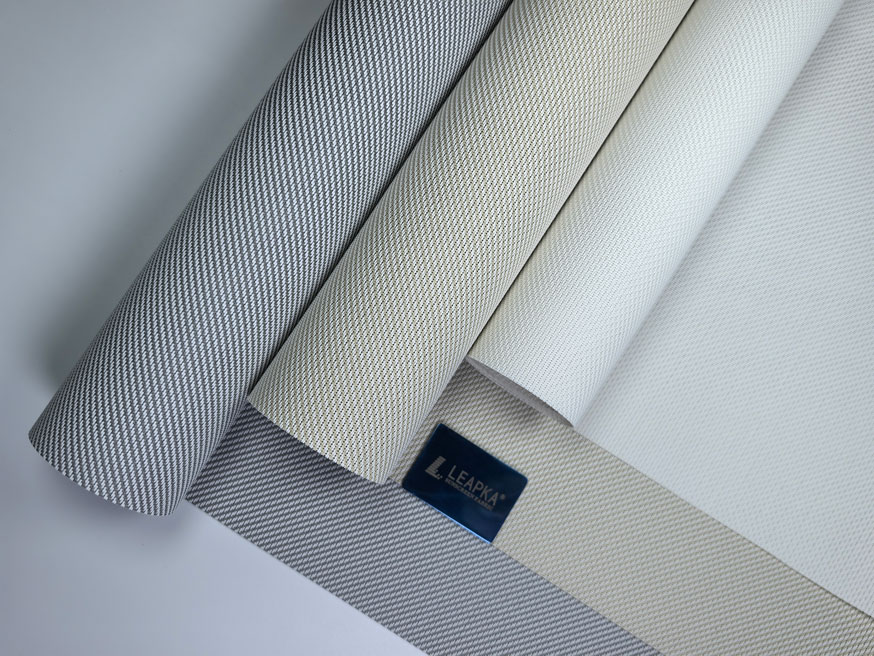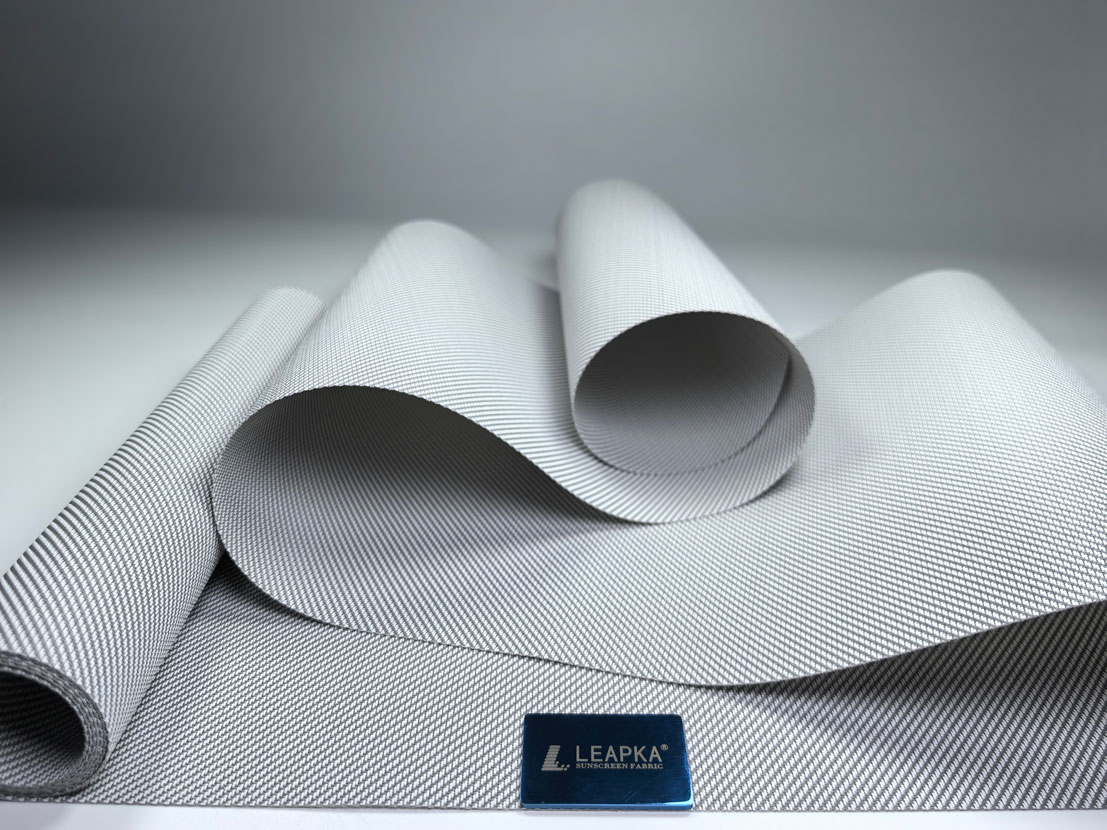Industry Contemplation: Potential Evolution in Heavy-Duty Solar Textiles
The architectural textiles sector continues to develop within a complex framework of technological possibilities, environmental requirements, and evolving market expectations. While established product families like the L4-300 Thick Twill Weave Series represent current durability benchmarks, the industry faces multiple potential development pathways without clear direction. This analysis examines various factors that might influence future progression of heavy-duty Sunscreen fabrics technologies and commercial landscapes.

Material Science Considerations
The advancement of heavy-duty material technologies suggests several potential pathways:
Enhanced Formulations: Ongoing research into advanced material composites, though achieving the durability-performance balance of established products remains challenging
Environmental Impact: Increasing focus on sustainable production methods while maintaining performance standards
Performance Enhancement: Continuous investigation into improved durability characteristics through advanced textile engineering
Sustainability Considerations
Environmental factors continue to shape development discussions:
Lifecycle Optimization: Efforts to improve environmental performance across extended product lifecycles
Resource Management: Considerations regarding material sourcing and production efficiency for heavy-duty applications
End-of-Life Solutions: Exploration of practical recycling approaches for durable architectural textiles
Performance Enhancement Possibilities
Potential areas for functional advancement include:
Structural Properties: Research into improved tensile strength and tear resistance
Environmental Resistance: Development of enhanced protection against extreme weather conditions
Multi-functional Capabilities: Examination of additional performance features beyond standard solar control
Market Dynamics and Application Trends
Changing specifications influence development directions:
Architectural Requirements: Evolving design needs affecting durability and aesthetic specifications
Performance Standards: Increasing demands for longevity and reliability in harsh environments
Technical Integration: Growing need for compatibility with advanced building management systems
The future development of Roller blinds Fabrics technologies will likely be influenced by complex interactions between these elements, with no single pathway emerging as clearly dominant. The industry continues to explore multiple possibilities while maintaining proven product lines that address current market needs and performance requirements.



















